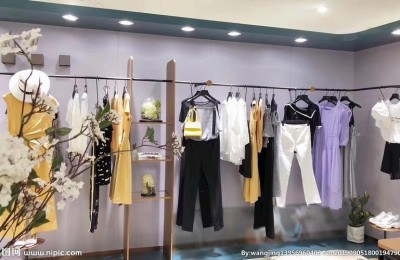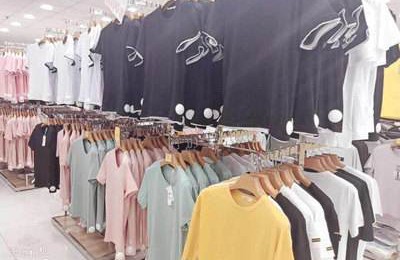35. How to identify the ionicity of surfactants?
Answer: The ionic identification of surfactants only introduces some test methods. ①Methylene blue-chloroform test. a. Methylene blue reagent. Weigh 0.03g of methylene blue, dissolve it with water first, then add 12g of concentrated H2SO4 and anhydrous Na2So4 50g, dilute to 1L with distilled water. b. Chloroform (chemically pure). C. 0.05% anionic surfactant solution. Prepare 0.05% octyl sulfosuccinate sodium salt (penetrating agent OT). d. experiment method. Add 8 mL of methylene blue solution and 5 mL of chloroform into a 25 mL test tube with a stopper, and add 0.05% anionic surfactant drop by drop. After each drop is added, cover the stopper and shake vigorously to separate the layers; continue to add dropwise until the upper and lower layers appear. Tones of the same depth (generally 10 to 12 drops required). Then, add 2 mL of 0.1% sample solution, shake again, let it stand to separate the layers, and observe the color depth of the upper and lower layers. e. Judgment of results. The color of the chloroform layer becomes darker, while the water layer is almost colorless, indicating that the sample is an anionic surfactant. If the color of the water layer becomes darker, the sample is a cationic surfactant. If the color of the two layers is roughly the same and the water layer is emulsion-like, it means that there is non-ionic surfactant in the sample. f. A few notes. Inorganic substances (including silicates and phosphates) have no interference with this test. If there is any doubt (that is, the color is not easy to decompose), 2mL distilled water can be used instead of the sample for comparative testing. If there is no penetrating agent OT, other anionic surfactants can be used instead. Since the reagent is acidic, pure carboxylate anionic surfactants are difficult to identify. The dosage and concentration of the sample solution should not be too large, otherwise it will easily affect the identification of nonionic surfactants. ② Mixed indicator color reaction test. a. Preparation of mixed indicator solutions. A: 0.5g of midil bromide was dissolved in 30mL of 10% hot ethanol solution. B1 0.25g blue disulfide VN was dissolved in 30mL 10% hot ethanol solution. When the two solutions A and B are quantitatively transferred to a 250 mL volumetric flask, add 10% ethanol solution to dilute to the mark. Take 20 mL of the above solution, place it in a 500 mL volumetric flask, add 200 mL of water and 20 mL of 2.5 mol/L sulfuric acid, and dilute to the mark with water. b. experiment method. Dissolve a small amount of surfactant sample in a few milliliters of water (or active substances extracted with ethanol) and place it in a test tube with a stopper. Add 5 mL of mixed indicator and 5 mL of chloroform. Shake it thoroughly, and then let it stand to separate the layers. If chloroform If the chloroform layer appears pink, it indicates the presence of anionic surfactants; if the chloroform layer appears blue, it indicates the presence of cationic surfactants; if the two phases are difficult to separate and an emulsion is formed, nonionic surfactants may be present. .
AAAVSGREHTRY45
Disclaimer:
Disclaimer: Some of the texts, pictures, audios, and videos of some articles published on this site are from the Internet and do not represent the views of this site. The copyrights belong to the original authors. If you find that the information reproduced on this website infringes upon your rights, please contact us and we will change or delete it as soon as possible.
AA








